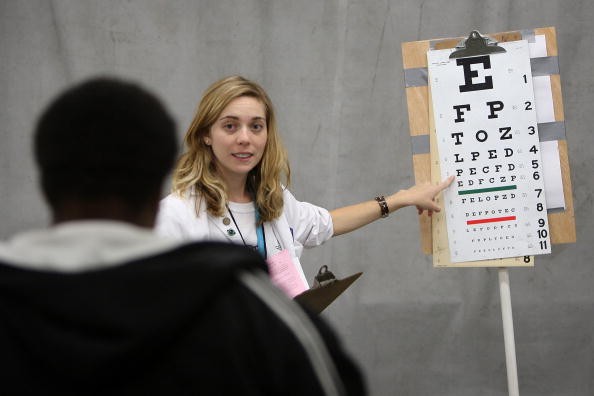
Spending an extra 45 minutes per day outside in a school activity class may reduce the risk of nearsightedness in children, according to a study done in China.
Nearsightedness, also called myopia, is a problem in China. In some parts of China, 90% of high school graduates are nearsighted. Rates of nearsightedness are lower in Europe and the Middle East, but are increasing, the authors of the study noted.
The study is a prospective randomized trial. The researchers studied almost 2,000 first-graders at 12 primary schools in Guangzhou, China. Six schools were randomly chosen to keep to their existing class schedule, while the other six added a period of outdoor activity at the end of each school day. Parents of children in the second group were asked to play with their outdoors on the weekends.
After 3 years, 30% of children in the outdoor activity group had developed myopia, while almost 40% of children in the control group developed myopia. In other words, the children who spent more time outside were 23% less likely to develop nearsightedness, the authors concluded.
However, this is an association between time spent outside and developing nearsightedness. It does not mean there is a cause-and-effect relationship. The researchers did not investigate why time spent outdoors might protect eyesight, but some experimental work suggests that brighter outside light may somehow inhibit myopia. Another factor is that spending time outside involves looking at more distant objects as well as closer one, which calls for changing the focus of the eye.
To maximize the benefit to eyesight, schools in China should increase the time children spend outdoors, and encourage parents to bring children outdoors over the weekend, the authors said.
The study was published in the Journal of the American Medical Association.



